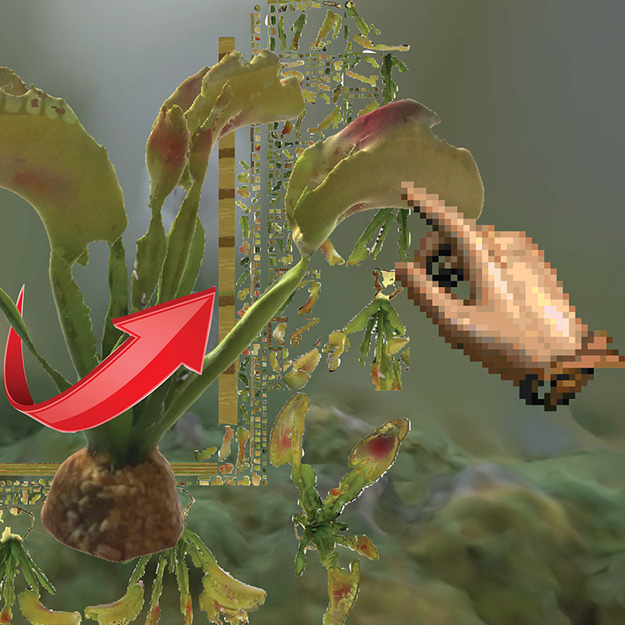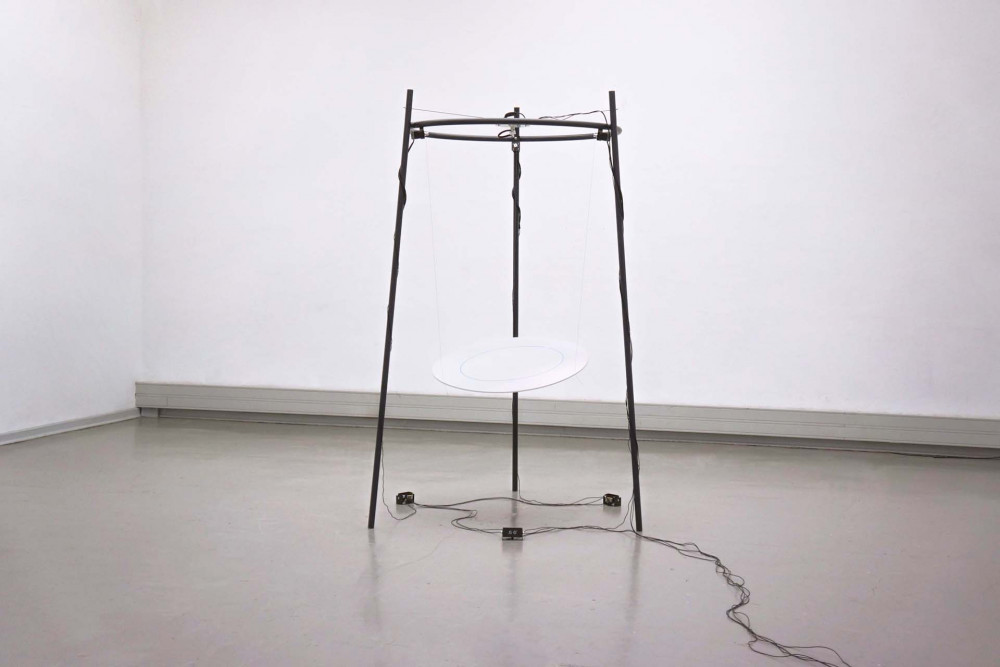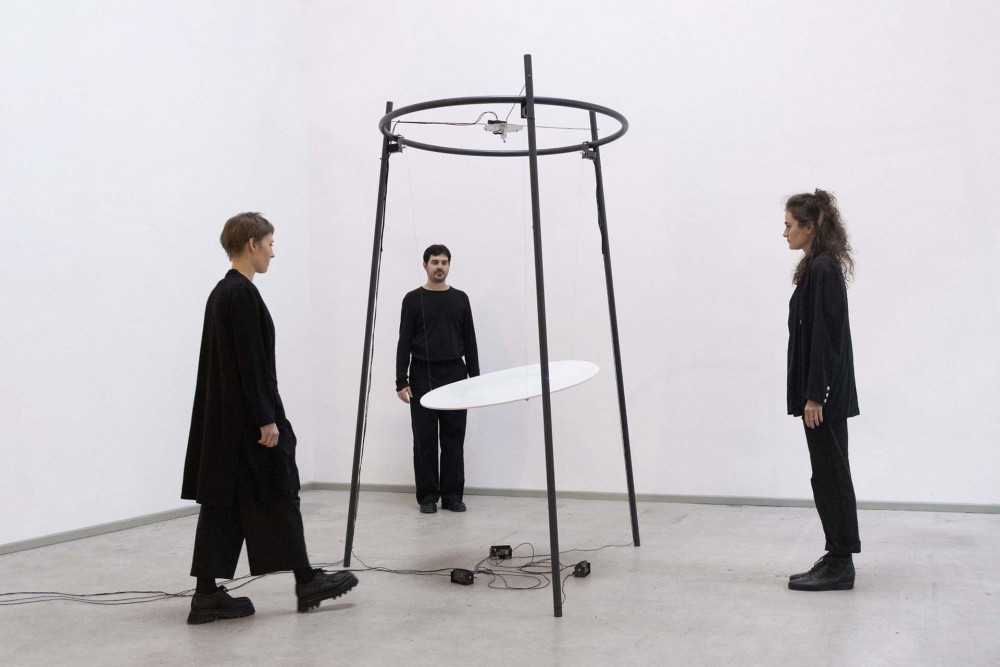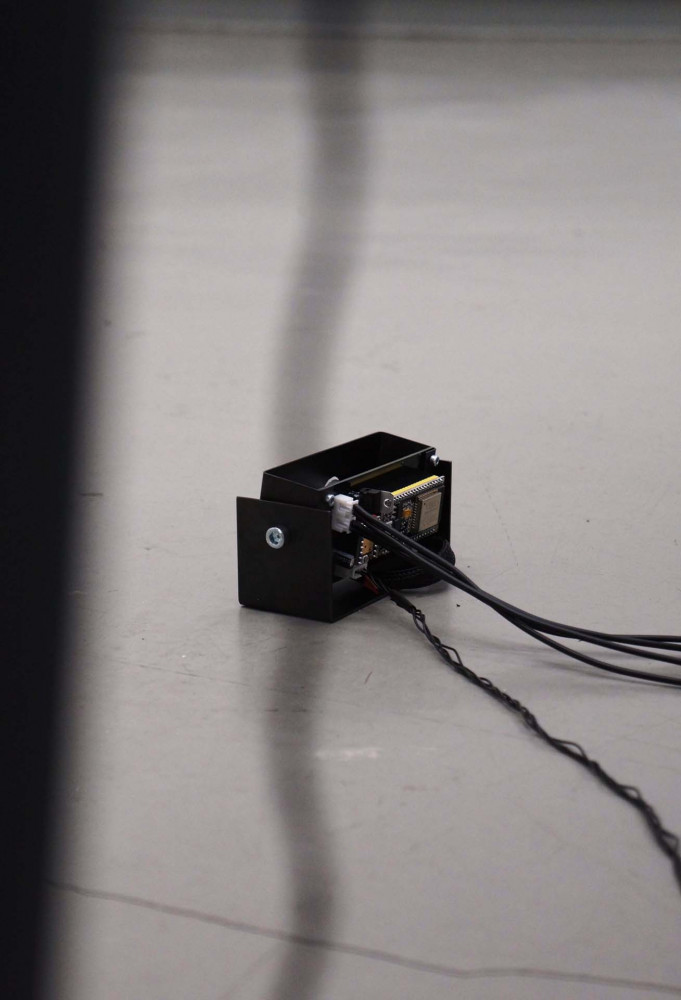Free Projects
—

Erik Freydank
Breitscheidplatz

Frederic Brodbeck
0..1

En Kitani
*WAAW

Ying Chen
Absconding

Lorenz Raab
Analoge Brücke

Akitoshi Honda
Artificial Appetizer

Elisa Storelli
Assemblaggio N1

Julius Fuehrer
A Thousand Seeds or the Right to Becoming

Merani Schilcher
autoantibody.3 – Destruction of Self

Frederic Gmeiner
Bericht über R.

Alexander Hahn
Bioinformatics: Nature’s superiority over binary computing

Susa Schmid
Blickskulpturen / Gaze Sculptures

Bruno Gola
Bruto

Ying Chen
Bubbles

Tim Horntrich
Clock Choc

Hsiao Li-Chi
Coffee And Kitty

David Reitenbach
convincing ideas

Jens Wunderling
default to public

Constantin Engelmann
Der Kopist

Valerian Blos
Design as Restriction / Restriction as Design

Özcan Ertek
Devil's Rope: On a Journey of No Return

Sven Gutjahr
Diaries of Alvin Fredriksøn

Tim Horntrich
DropingNews

Robin Woern
Ephememorion

Orlando Helfer Rabaça
Footprint²¹³

Julian Netzer
GOTCHA

Erik Anton Reinhardt
Graphic Design

Stephan Sunder-Plassmann
Hacking Memorials

Martin Kim Luge
Hear the grass growing

Christopher Hoehn
How It Was(n't)

Tim Horntrich
ICSY TK 5000

Julius von Bismarck
Image Fulgurator

Willy Sengewald
Jammer Horn

Florentin Aisslinger
Living with Matter

Monika Hoinkis
Living with Things

Sebastian Wolf
lovesmenot

Andreas Schmelas
Machines At Work

Merani Schilcher
Make Me A Weapon – Destruction of Context

Julia Rosenstock
Meadow of carnivore plants

Frederic Gmeiner
Memory Shapes

Merani Schilcher
Mephista – Destruction of Other

Ying Chen
My queer body, my ownership

Piet Schmidt
möve

Fang Tsai
Nahweh: the Unreachable

Nicenboim Iohanna
Objects of Research

Bill Hartenstein
Palio

Vinzenz Aubry
pendel 1

Hye Joo Jun
Phantom Limb

Markus Kison
Pulse

Kilian Kottmeier
Resource forecast

Felix Worseck
Subordination/Unterordnung

Frederic Brodbeck
Synthetic Flurry

Stephan Sunder-Plassmann
Tagebilder

Stephan Sunder-Plassmann
The Beauty of Oppositions

Andreas Schmelas
The Space Beyond Me

Julius von Bismarck
The Space Beyond Me

Andreas Schmelas
The Visible Invisible

Paul Kolling
thing <ser. no.>

Elisa Storelli
This machine will not switch herself off

David Löhr
Titan

Niklas Söder
Unstable Trajectories

Tilman Richter
Wall of Distribution

Tilman Richter
Wall of Support

Tilman Richter
Wall of Tendencies

Andi Rueckel
木

Andi Rueckel
木 木

Andi Rueckel
木 木 木
Niklas Söder — Unstable Trajectories
Free Projects
„Can the fundamental nature of matter really be lawlessness? Can the stability and order of the world be but a temporary dynamic equilibrium achieved in a corner of the universe, a short-lived eddy in a chaotic current?“
Liu, Cixin — „The Three Body Problem“
By recording and interpreting the movements of celestial bodies, humans recognized the patterns of their environment already thousands of years ago. They found themselves surrounded by repetitive systems that directly and indirectly influenced their perception of time and their life on earth. By orienting itself to the cyclical environment, a society was able to organize and stabilize itself. The ability to perform calendrical calculations represented an essential building block towards the cultural endeavor to control nature. Knowledge of the cyclical processes in the cosmos and their calculation was manifested in myths, rituals, and ritual objects, and thus transmitted to descendants through physical practices and aesthetic symbols. Rites of passage (turn of the year) and seasonal festivals bear witness to this "ritualization" of our cyclical environment to this day.
Archaeological finds prove that knowledge of the comic order was documented as early as the Stone Age. These artifacts are early signs of an ongoing human attempt to describe the environment and the processes occurring within it with increasing precision. Over generations, new interpretations and computational methods were developed, and sciences such as astronomy, mathematics, and physics emerged. This development reached a peak through the research of scientists such as Isaac Newton, who provided people with ways to perform precise mathematical calculations of physical processes.
More recent discoveries and theories from the 20th century, however, suggest a different picture. While the predictability of processes, such as planetary motions in the solar system, is possible for smaller periods of time, sooner or later every system is subject to chaotic events and thus becomes unpredictable. So what if our seemingly cyclical system is actually chaotic? How can ritual and ritual object be designed if the function of transmitting knowledge has to give way to constantly changing information?
The work "Unstable Trajectories" proposes a possible answer to these questions. The installation plays with the idea of a chaotic environment in which the stability of a system is affected by interactions with its surroundings. In a fictional ritual, this interaction between object and environment gives rise to an interplay of cyclical and chaotic oscillations, which are captured in an ephemeral record and thus become information of an unpredictable environment.
Credits
Concept and Production: Niklas Söder
Metalwork Support: Paul Kolling
Documentation Sound: Fin Glaeser
Documentation Camera: Paul James Hay







